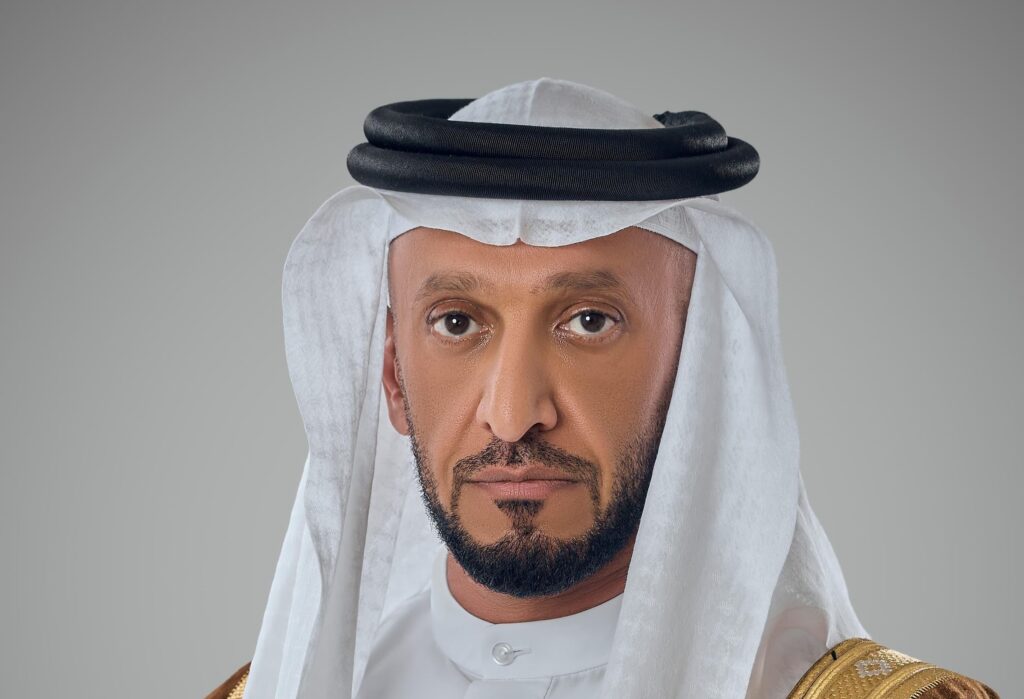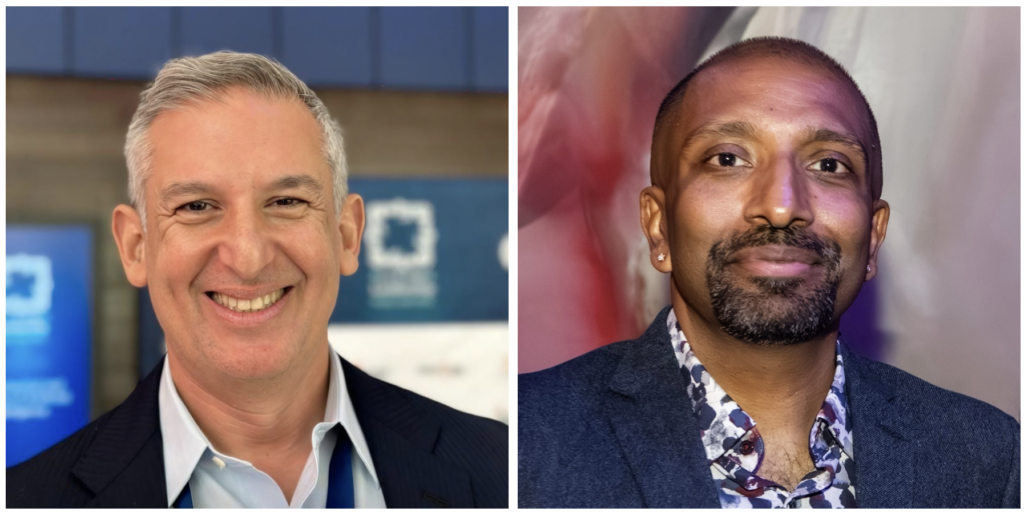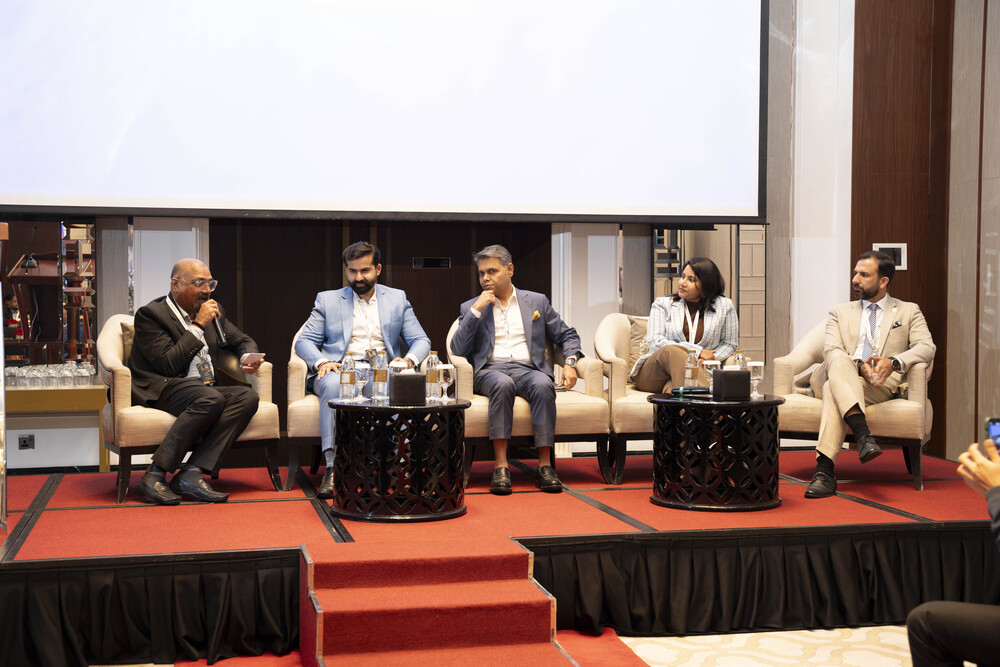Robert Kyncl, global head of content and business operations at YouTube (YT), is not particularly keen on tying the platform with just user-generated content (UGC) anymore. Communicate learns that, at some point, “they’re [users] probably making more money than you are. When you call them users, it makes them sound like they are amateurs, but they’re professionals”. He’s referring to the likes of 29-year-old Harley Morenstein, co-creator of YT channel Epic Meal Time turned celebrity, who, while presenting the Best Gaming Program category at the 2014 Streamy Awards in early September, perfectly summed up Kyncl’s point: “Every YouTuber that touches this microphone tonight is a millionaire. Maybe it was cute in 2011, but it’s 2014. We’re talking about money here.”
(video above: Morenstein’s speech at the Streamy Awards 2014)
Since his appointment in 2010, Kyncl has been overseeing the business functions of YT – content, sales and marketing – at a time where it’s become increasingly harder “to disconnect the user from the viewer from the creator from the advertiser. We have millions of people uploading content to us, many of whom do that for a living”. His role is to drive as much content creation as possible for YT across all partner segments, “so that we [keep] delivering large audiences to advertisers”.
At the bottom of YT’s partner base “pyramid” – which Kyncl almost intuitively draws out on a white board – “you might have individuals uploading [videos] who don’t care about the money. The better you do, the more [of a] hands-on approach you’ll get from our partner management organization. [It could start with] people responding [to your videos], then searching you up. Then, you make it to a partner manager who manages 200 to 300 accounts – so they may not have that much time for you – then you make it to another partner manager who manages 50 accounts. And then you may also get some other goodies such as being included in our marketing campaigns,” he explains. Essentially, YT indirectly supports just about everybody on its platform, “because we invest [a lot of money] every year into the infrastructure, streaming and seamless uploading services”. But the less than 50 creators across the world who’ve made it to the top of the pyramid are now getting funded by Google. “In total, it’ll be less than a 100 next year. [If] we do more [funding], it becomes less significant. It’s a lot of money. [The pyramid] is sort of aspirational.”
This sounds an awful lot like natural selection in the traditional broadcasting world, because it is. With YT’s recent claim that it reaches US adults aged between 18 and 34 years more than any other cable network, the platform’s relationship dynamic with broadcasters has developed somewhere along the lines of that with agencies: they’re “frenemies”. “We can work with brands directly, but also through agencies, the same way we can work with creators directly, but also through broadcast networks. You can imagine cable networks in the US are less secure about working with us. But, if there is value that we’ll drive to them, they will want to work with us. They want to promote their shows and the best way to promote them is really on YT,” says Kyncl.
Naturally, YT’s relationship with broadcasters varies greatly between free and pay TV markets, whereby in the latter, “we focus on short film content. But, even that’s highly engaging. [Talk show hosts] such as Jimmy Fallon, Jimmy Kimmel and Ellen Degeneres really love using YT. It’s hard for networks to tell them not to [use it]. In free TV markets such as Russia, India, Korea and even here, we have a lot of success in getting broadcaster content on YT”.
YT’s recent studies highlighting its TV-plus value and incremental reach have proven most effective in the MENA region out of the whole world, claims Kyncl. And they should translate into more monetization out of the platform in the region. “When I was here two years ago, there was no monetization at all. Back then, [Saudi web entertainment channel and show] UTURN was already making money from brand integration. It’s such a huge progress in ad sales here”, as is the case elsewhere in the world, where Kyncl says TrueView – the ad model offered by YT in which advertisers only pay when users watch the ads – continues to prove successful.
More recently, Google’s packaged the top five percent of channels on YT into Google Preferred, which is bought on a reservation basis and is offered through upfronts with “agencies that can do large commitments. We started it this year in New York in May and we rolled it out in Germany and France. We also rolled out Brand Lift and Sales Lift [metric measurement offerings] in the US two months ago”. What’s more, Google is currently staffing up a group focused on the global top 100 companies, having recently secured a big deal in France with WPP and “with five of the six major agencies in the past three months”.
Of course, YT still generates a large chunk of its ad revenue from small and medium businesses, even more so since “large business gets lumpy, because you’d have events such as the FIFA World Cup where they [big clients] spend a lot of money and the next two months, they go easier [on their spending]. It’s really important to have a big pipeline of deals you keep on closing”. When asked about recent reports on Facebook’s plan to overtake YT in the video arena, Kyncl says: “I prefer to be in the market that everybody’s trying to attack. We actually share revenue. Facebook doesn’t. That’s a pretty meaningful difference. Nobody is going to say ‘Everybody on Facebook is making millions of dollars’. Everybody on Facebook is making nothing as a creator. We have to look at our strengths and see how we fortify them, and then at the things that may seem threatening but won’t be and kind of save our time in terms of not doing anything about it.”





